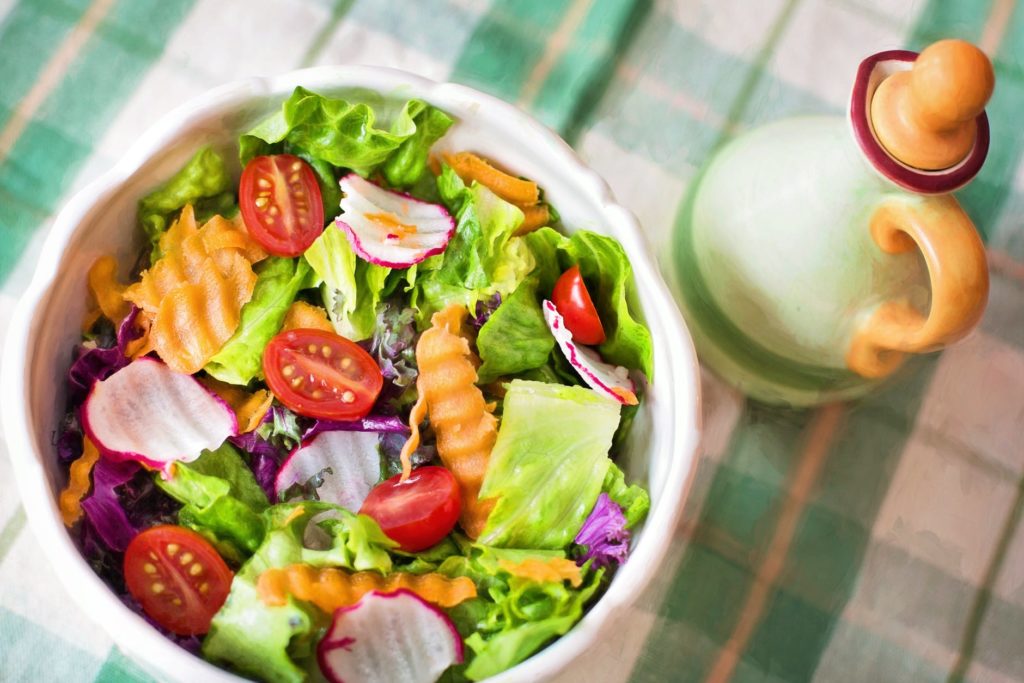The Volumetrics Diet- Full Guide
Related Topics (Sponsored Ads):
Developed by renowned nutritionist Dr. Barbara Rolls, this groundbreaking method challenges the traditional notion of calorie counting and instead focuses on the concept of energy density. By embracing this innovative perspective, individuals can embark on a transformative journey towards healthier eating habits and long-term weight management success.
Developed by renowned nutritionist Dr. Barbara Rolls, this groundbreaking method challenges the traditional notion of calorie counting and instead focuses on the concept of energy density. By embracing this innovative perspective, individuals can embark on a transformative journey towards healthier eating habits and long-term weight management success.

The Art of Low-Density Eating
At the core of the Volumetrics diet lies the principle of low-density eating. This technique encourages individuals to prioritize foods with a low calorie-to-volume ratio, enabling them to consume larger portions while still maintaining a caloric deficit. The beauty of this approach lies in its ability to promote a sense of fullness and satisfaction, reducing the desire for overeating or indulging in calorie-dense treats.
The Volumetrics diet categorizes foods into four distinct groups based on their energy density: very low-density, low-density, medium-density, and high-density. The key to success lies in favoring foods from the very low and low-density categories, which include nutrient-rich options like fruits, vegetables, broths, soups, and whole grains. By incorporating these nourishing options into your daily meals, you can effectively manage your caloric intake while simultaneously providing your body with essential vitamins, minerals, fiber, and water content.
Embracing a Sustainable Lifestyle
The Volumetrics approach to weight loss is designed to be more than just a temporary solution; it offers a sustainable lifestyle change that promotes long-term health and well-being. By emphasizing the consumption of low-density foods, individuals can experience a profound shift in their relationship with food and their overall eating habits.
One of the most significant advantages of the Volumetrics diet is its flexibility. Unlike restrictive diets that eliminate entire food groups or impose strict rules, this plan allows for a wide variety of options, ensuring that individuals never feel deprived or dissatisfied. The focus is not on deprivation but rather on making mindful choices that prioritize nutrient-dense, low-calorie foods that can be enjoyed in satisfying portions.
A Wealth of Delicious Options
The Volumetrics diet food list serves as a comprehensive guide to help individuals make informed choices when it comes to their meals and snacks. This extensive list encompasses a diverse range of options, from nutrient-dense fruits and vegetables to lean proteins, whole grains, and healthy fats.
One of the standout features of the Volumetrics diet is its emphasis on incorporating a variety of vegetables into every meal. These low-calorie, high-fiber powerhouses not only contribute to a feeling of fullness but also provide a wealth of essential vitamins, minerals, and antioxidants. From leafy greens like spinach and kale to vibrant bell peppers, zucchini, and tomatoes, the options are endless.
Lean proteins, such as chicken, turkey, fish, and plant-based sources like lentils and beans, also play a crucial role in the Volumetrics diet. These nutrient-dense sources of protein promote satiety and support overall health, including muscle maintenance and repair. Additionally, the diet encourages the consumption of whole grains like quinoa, brown rice, and whole-wheat pasta, providing a satisfying and fiber-rich alternative to refined carbohydrates.
Elevating Flavor and Nutrition
One of the most appealing aspects of the Volumetrics diet is its emphasis on creating delicious and satisfying meals that prioritize both flavor and nutrition. By embracing the principles of low-density eating, individuals can enjoy a diverse range of flavorful and nutritious dishes that will leave them feeling content and energized.
Start your day with a hearty breakfast of overnight oats topped with fresh berries, sliced bananas, and a sprinkle of cinnamon and chopped nuts. For lunch, indulge in a vibrant salad featuring mixed greens, roasted vegetables like Brussels sprouts and beets, chickpeas, and a tangy balsamic vinaigrette dressing. And for dinner, savor the flavors of a grilled salmon fillet accompanied by a generous portion of roasted asparagus and a side of quinoa pilaf with sautéed mushrooms and herbs.
Snacks on the Volumetrics diet can be equally satisfying and nourishing. Enjoy a refreshing smoothie made with fresh fruits like strawberries and mangoes, leafy greens like spinach, and Greek yogurt for a protein boost. Or indulge in a small portion of hummus with crisp bell pepper strips and cucumber slices for a satisfying crunch.
Understanding Energy Density
The Volumetrics diet plan is grounded in scientific research on energy density, which refers to the amount of calories a food contains per unit of weight or volume. Foods with a higher energy density, such as oils, nuts, and processed snacks, tend to be more calorie-dense, while foods with a lower energy density, like fruits, vegetables, and soups, are less calorie-dense.
By favoring low-density foods, individuals can feel fuller and more satisfied while consuming fewer overall calories. This approach not only supports weight loss but also promotes better overall health by encouraging the consumption of nutrient-rich, high-fiber foods that provide essential vitamins, minerals, and antioxidants.
Embracing Volumetrics for a Healthier Future
The Volumetrics diet plan offers a refreshing and sustainable approach to weight loss and overall well-being. By emphasizing low-density eating and prioritizing nutrient-dense foods, individuals can cultivate a positive relationship with food while still achieving their desired weight goals. With its flexibility, variety, and focus on nourishment, the Volumetrics diet stands as a compelling choice for anyone seeking a lasting transformation towards a healthier lifestyle.

